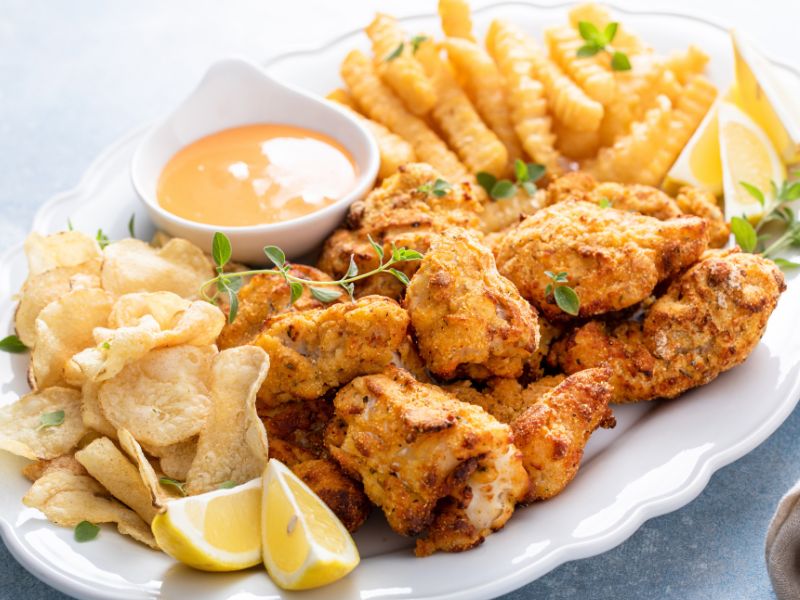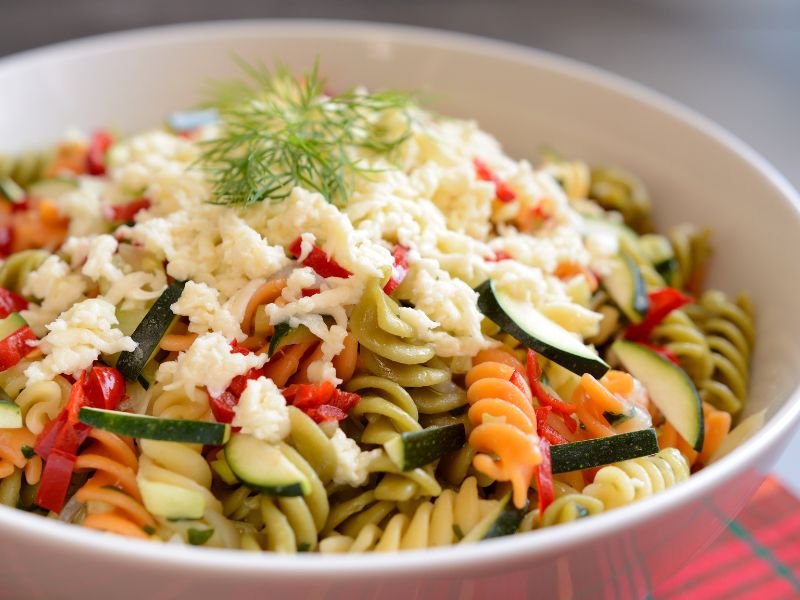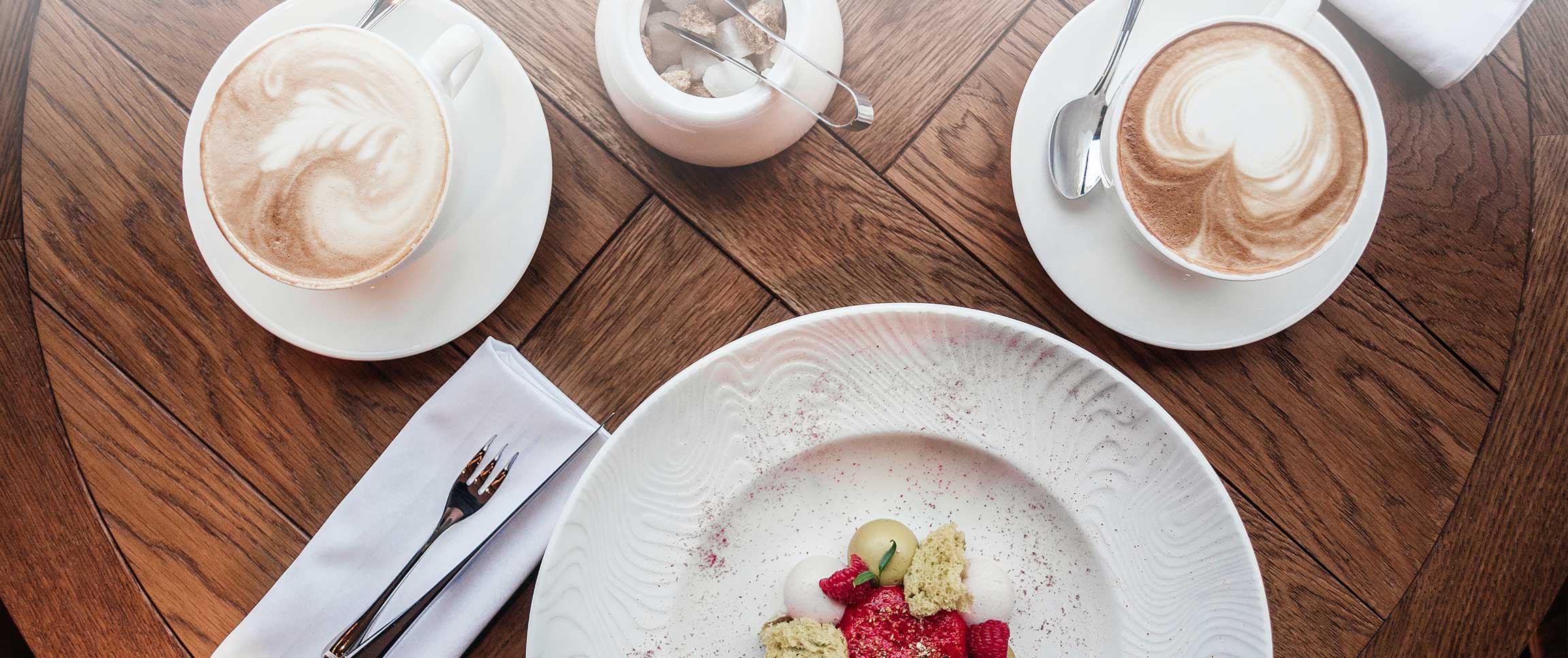So, your wine program is the talk of the town. Your craft cocktail program gets updated seasonally to raves and online buzz. Your coffee program…. Wait, what? You don’t have a coffee program? Why not?
People willingly drop big money on coffee. Plus coffee is an integral part of the closing part of any good meal service. It can even be a way to jump that check average up by ten or twenty bucks per person. Without coffee, they might not get that extravagant dessert or relaxing cordial to wrap things up. Or worse, they know someplace else to get that robust cup and either leave to spend that money elsewhere or never come in in the first place because they want a fuller dining experience.
The sad reality, too many restaurants treat coffee as an afterthought and the lack of planning to integrate coffee into what is otherwise a well-choreographed meal shows. Yes, you made the pasta yourself with imported, small batch flour that’s been extruded from a custom ordered, hand-made bronze die. The sausage was created in-house using a heritage pork breed. Everything is served on ceramic plates, made from locally sourced clay, thrown and glazed by two ladies living off the grid just outside of town. Your coffee, well, your coffee comes from the same machine and is served in the same Bunn carafes as the culinarily questionable greasy spoon down the street.
Start Simple
Creating a coffee program can be a daunting and expensive task. High end machines can run into the tens of thousands of dollars and take up much valuable space in your restaurant. Training your entire front of house staff to pull the perfect espresso is time consuming and can lead to wildly inconsistent results, while the volume needed to justify hiring a trained barista is simply out of reach for most small eateries.
One option, especially for making specialty coffees like lattes, is to use flavored coffee pods. It’s not the best coffee but it is consistent and fast. In 2013, Grub Street reported that around 30% of Michelin restaurants use pods citing space, consistency, and the ability to offer a wider array of choices as the impetus. Of course, do you really want to pair artificially flavored coffee pods with that blackberry pie your pastry chef just made with fresh berries from the much beloved local berry farm? Probably not.
So, big, fancy coffee machines with all the bells and whistles are cost prohibitive and pods simply may not fit your culinary philosophy. The choice then is to keep it simple. Don’t try to compete with the local coffee houses. Simply serve a good cup of coffee and make it uniquely yours.
Pick the Right Coffee
First, find the right coffee. Either partner with a local roaster or get the right foodservice product that will provide you with constant availability and consistency. The right coffee also doesn’t mean the best rated or most expensive. Pick the blend that complements your food and clientele. A younger, hipper crowd might prefer a darker bolder blend while an older, more refined crowd may opt for a lighter roast.
Choose Your Method
Next you have to pick the right method. Traditional drip is fine but make sure it’s well maintained. Regularly clean the pots with salt and ice (1/2 cup salt and one cup ice in a room temperature pot, swirl pot until the interior glass is crystal clean). Similarly clean the machine by running a cycle with vinegar added to the mix at least once a month (run it with clean water to remove the vinegar smell, because no one wants coffee vinegar…). Ditch the Bunn carafes. Thermal carafes come in many options to complement your look and style while keeping the coffee hot and fresh much longer, reducing waste and saving money over time.
Another option is to take coffee making out of the kitchen and onto the main floor. Current cutting edge brewing techniques lend themselves nicely to table side service or even to just an open station in view of the diners. Kalita Wave brewing, the current trend setter for pour over coffee making, is sure to excite your diners. Sleek and stylish, it is also very simple, easy to clean, while working well with either thermal carafes or your own hand blown glass carafes (in case those two off-grid ladies do that too). Other options for making coffee at the table include Chemex and AeroPress. Even the old standby, the French Press, is a great candidate. Making a small or large pot, beyond better pricing options and portion control, right in front of your guests ensures they know it’s fresh and builds anticipation for the hot brew. You can even offer steamed milk for a small up charge.
Add Some Sugar
Which brings us to the last thing to consider when creating your own coffee program, sugar. For artificial sweeteners, you have to go with sugar packets. For real sugar, consider sugar cubes. Perhaps both refined and Demerara. You can even get a little creative and serve a simple syrup in a small jug or a crystalized sugar swizzle. Small touches like these can elevate your coffee service into something special.
A dinner is an experience. Every part is integral to the story you are trying to tell as a chef. Coffee is often the time your diners relax and mull over the experience they’ve just enjoyed. Don’t let a substandard cup of coffee be the last thing they recall.



